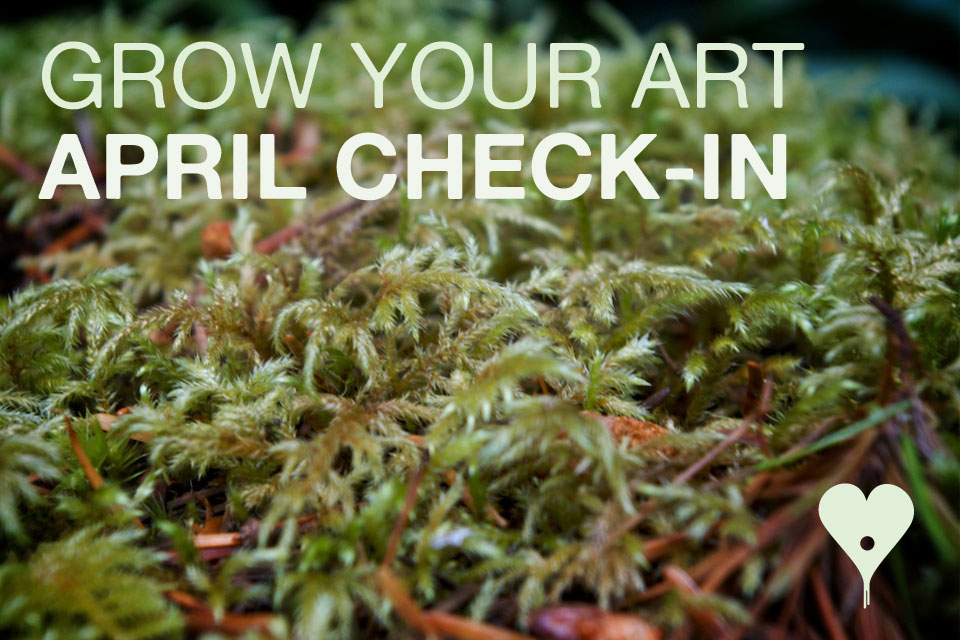The following is a guest post from Dan Lowe. Want to write for the blog? Send me an email.
“Everyone has a thirst to belong.”
I have always had a desire to belong. I grew up in an upper middle class family in the southern U.S. I attended a primarily white, conservative United Methodist Church where I actively participated in the youth group and other church activities; I was in the high school marching band and participated in the high school poetry club. In university, I participated in various college civic and religious groups, was part of a group of friends and went to numerous parties, yet I rarely felt as though I belonged in any of these settings.
In the Fall of 2004, I moved to Kentucky to attend seminary. During my first year, I wandered, trying to fit broken pieces of my self into some kind of recognizable whole. I’d spent the previous three years giving out parts of myself trying to figure out, with little to no success, where I belonged. I was lost and fractured, and having moved away from everything I knew, rootless.
Finding Communality
During my second year of seminary, I befriended some people from a faith community called Communality. They were a group of people experimenting with what it meant to follow Jesus in the ordinariness of life. Yet, what they were doing and how they were doing life together seemed far from ordinary to me.
Many of the people in this group of about 50 had chosen to relocate from their comfortable homes in the suburbs of Wilmore and Lexington, KY to the inner city of Lexington. They made a determined effort to live the values, convictions, and faith life of Christianity in the ordinary spaces of a 24 hour 7 day week.
It was in this community that I found belonging and learned what it meant to both belong and extend belonging. After participating with my friends in Communality for a year, I was invited to co-manage a live-in halfway house for the chronically homeless and narcotics addicts. I lived with three other men. Mark, my roommate, friend, and co-manager; Leo, my 53 year old friend who was a recovering alcoholic struggling with chronic homelessness; and Jason, a 19 year old recovering narcotics addict. The house existed to provide structure for both Leo and Jason as part of their recovery program. The philosophy in the house, though, was that we all struggled with brokenness and fragmentation in some way, and that we needed each other and our friends in our neighborhood and in our faith community in order to both find and experience more of what it mean to be fully human.
I lived in the house for a year. During that year, I learned about belonging.
Becoming Vulnerable
I learned that belonging requires vulnerability. That healing from whatever breaks us in life requires a risk to (re)open our wounds to trusted others who have, themselves, experienced healing. Growing up, my dad was, more or less, an emotionally absent alcoholic (he has now experienced 5 years of wholeness in his own life), but it took many nights sitting with Leo on our front porch, listening to his stories and allowing them to reopen my wounds, to begin to understand my dad. And Leo experienced wholeness through having roommates and by watching and learning how to follow the daily, structured routine of living in a home, of bathing regularly, of cleaning his room, and of coming home at a set curfew. Lessons not easily learned by a 53 year old man accustomed to living on the streets.
Remaining Faithful
I also learned that belonging requires faithfulness. Faithfulness is a complex practice. I learned this by submitting to a schedule that existed as a rule of life for our house. A rule that required faithfulness if we hoped for our struggling friends to find life and healing. This was not always easy, as I had classes twenty miles away as well as a girlfriend in a different town and numerous friends with whom I was in relationship.
One of the most important things that I learned about faithfulness in this rhythm of our rule of life and my own life is that is that in order to be faithful to relationships with others, I had to be faithful to my own needs.
Sometimes, in order to be faithful to my relationships with Mark, Leo, and Jason, I had to practice leaving. Getting away from the tensions, arguments, and anger that come with living with other human beings. But I also had to learn to leave the places of refuge and refreshing in order to offer myself again to those men to whom I had committed my life for a season.
I also learned the importance of celebration and the difficult, though necessary, practice of mourning.
Celebrating Together
During the year, we developed a practice of celebrating sobriety. For Leo, this included celebrating 3, 6, and 9 months of living in a house (though there were a few nights when he chose to sleep on the streets because life just got too difficult). For Jason, it meant celebrating 3 and 6 months of sobriety. These were the easy celebrations because they were the most obvious. Lots of friends from the neighborhood and Communality would come to the house, and we would grill hamburgers, eat cake, and celebrate life lived a little more complete. There were also smaller, less obvious celebrations for those stories that required a little more vulnerability and risk, and these were often marked by tears and loving embraces.
Mourning Together
And I learned the importance of mourning. In human relationships, people sometimes leave. Sometimes vulnerability and risk are too much on which to follow through. Sometimes someone finds that giving and receiving in the process of belonging requires too much. And often, this is experienced as loss.
Jason never made it through the program. He began relapsing, then manipulating, a little after 6 months of sobriety. We had several sit down meetings with him to try and put together a relapse prevention plan, but in the end he left the house. And those of us who were left experienced loss to some degree or another. In his leaving and the experience of loss, I learned that belonging requires learning how to mourn well because sometimes belonging includes letting go.
Belonging is not ownership; we do not belong to each other. We belong with each other. And sometimes people choose to no longer belong with other people.
When Jason left, I felt a myriad of emotions.
Mourning was not the first. Anger, sadness, relief, happiness, betrayal, worry, manipulation, failure, anger again. In order to process through these emotions, my closest friend and mentor, Billy Kenney, one of the founding members of Communality, walked with me through it all and taught me that I had to, as a way of letting go, mourn the loss. And through Jason’s leaving, through the community’s loss, I learned the importance of mourning as a practice of letting go.
The Thirst to Belong
“In every human being there is such a thirst for communion with another, a cry to be loved and understood – not judged or condemned; there is a yearning to be called as special and unique” (Vanier, 1989).
Everyone has a thirst to belong. I would go so far as to say that everyone needs to belong. Yet, to belong in such a way that one’s thirst begins to be quenched is not easy; often it is not even simple.
I have learned that this journey toward wholeness, in belonging, marked by characteristics such as vulnerability, faithfulness, celebration and mourning is worth the risks required to drink deeply with communities who have learned how to offer a taste of life-giving water.






 As we move towards Spring, the Grow Your Art Challenge has entered its second quarter.
As we move towards Spring, the Grow Your Art Challenge has entered its second quarter.
